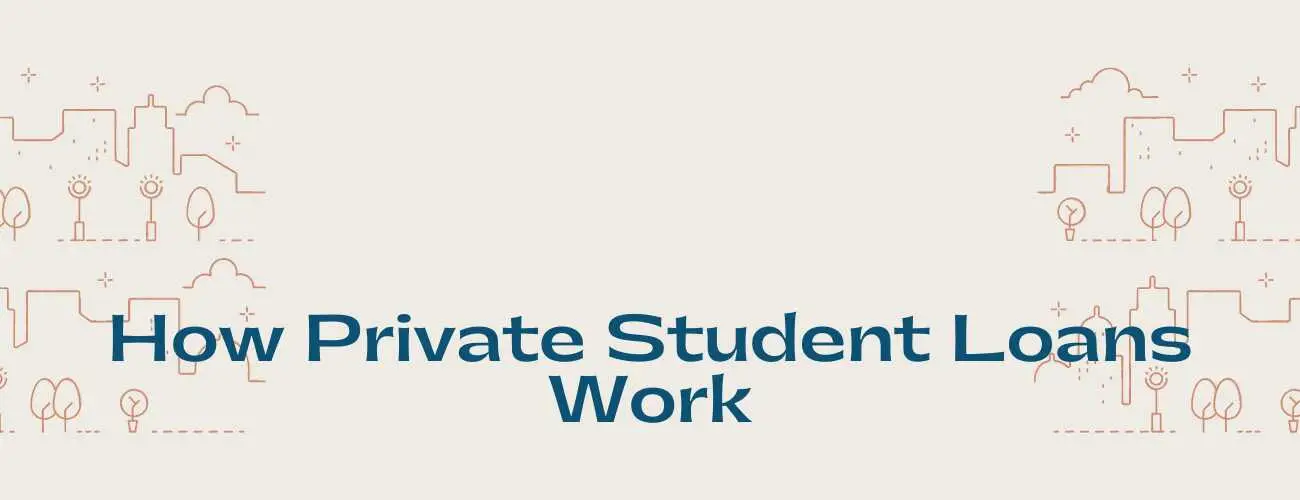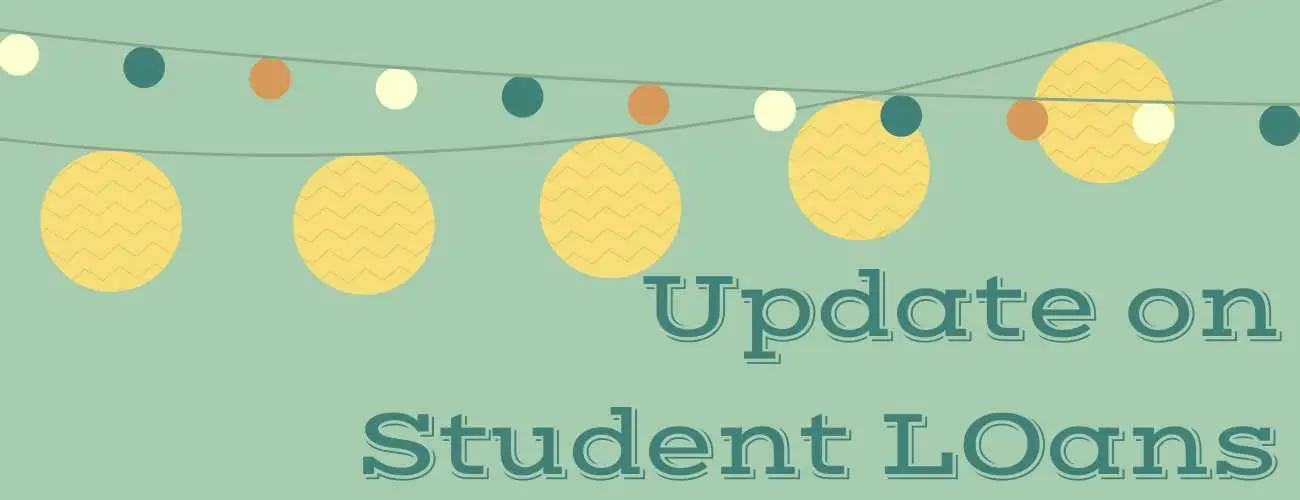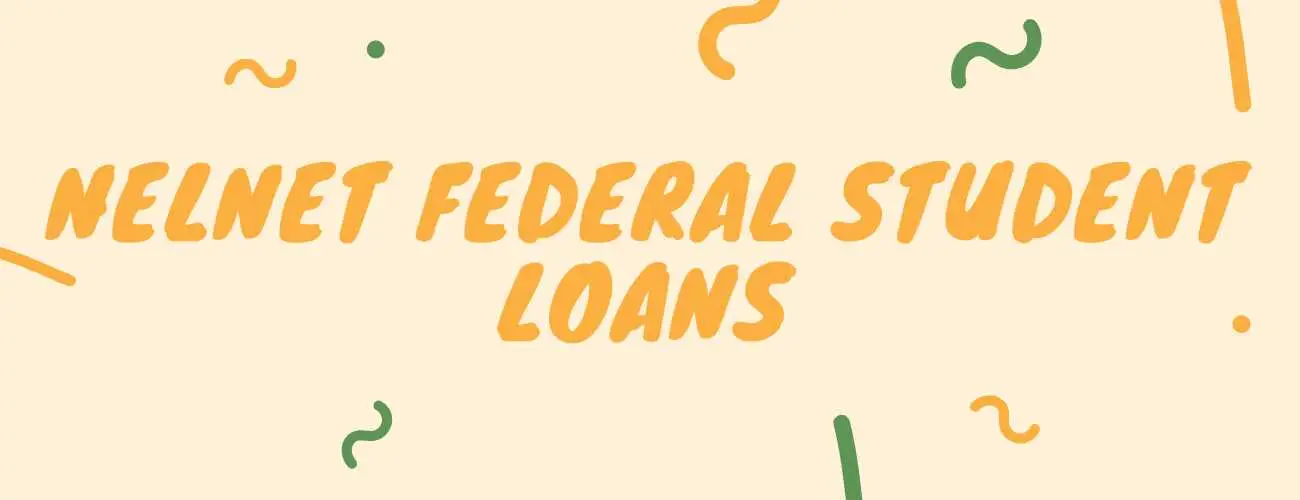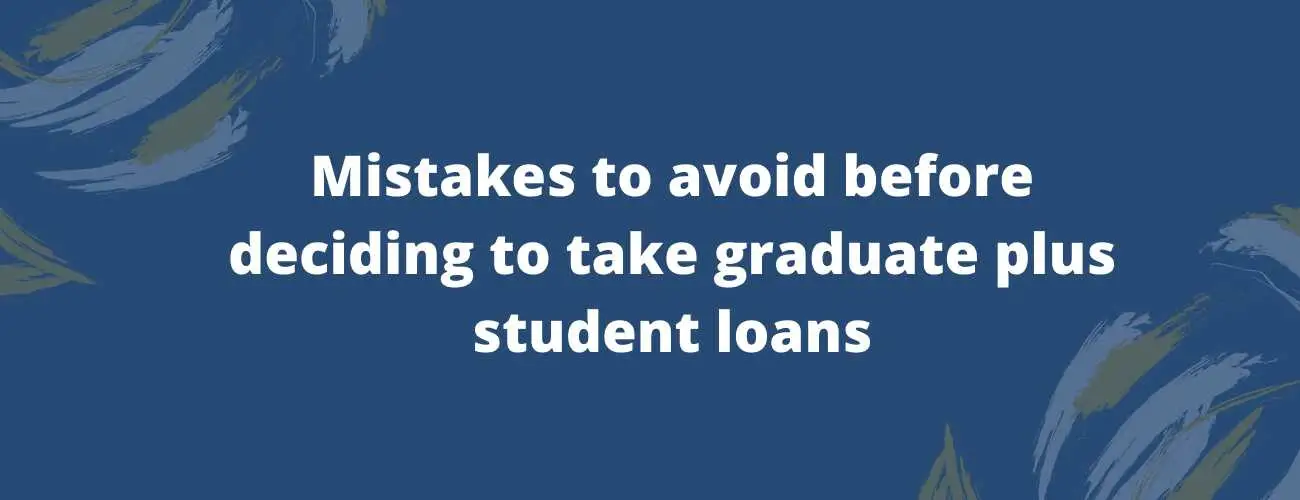New Mexico Student Loans
New Mexico Student Loans are offered to the residents and non-residents of New Mexico to help them cover the cost of their education. Find out the details like the type of student loans available, service-based loans and the repayment terms.
Updated by Chandni Agarwal on 7th January 2020
Rich with culture, heritage and beautiful landscapes, New Mexico is a bright and colorful southwestern state. The University of New Mexico (UNM), an established institution of the state, located in the city of Albuquerque, which has a very unique architecture paying homage to the nearby Pueblo Indian villages which are close to the bank of the famous river the Rio Grande. The only Hispanic-serving Institution who has the distinction of very high activity is Carnegie Research Institution. Students with a variety of highly ranked programs and fields of study are provided by UNM.
Through varieties in their educational options, New Mexico State University (NMSU) prepares its students to become productive members of society. Being the home of a large number of outdoor and recreational opportunities throughout the year, NMSU is located in sunny Las Cruces, New Mexico, where innovations are blended well with new and the old meets into the Old West.
In this article, we will have a deep dive into the student loans New Mexico has to offer.
Table of Contents
- Gift Money vs. Loan
- New Mexico Student Loan Option
- Service based loans and student loans repayment options
Gift Money vs. Loan
Money that does need to be repaid and another one the money doesn’t need to be repaid, or gift, or is in the form of free, these are the two main forms of student financial aid. Awards based on academic merit, financial need, or any other specific criteria figured out by the granting organization, includes free money options like scholarships and grants.
Both the resident and non-resident students who are attending school in New Mexico have many options for the scholarship, and you may get more information regarding these programs from the financial aid office at your chosen school.
There are separate applications and different eligibility requirements for different scholarships. In order to determine the financial aid eligibility students must fill the Free Application for Federal Student Aid completely which determines a student’s financial information, this is necessary to be eligible for federal or state-based financial aid and/or grants.
A student has to prove financial need in order to get Federal grants. Programs like Federal Supplemental Education Opportunity Grant (FSEOG) and the Federal Pell Grants are included in Federal Grants. For academic school year 2019-2020, the Pell Grant may provide eligible undergraduate students with up to $6,195 a year. In FSEOG funds students who are extreme financial need can qualify for between $100 and $4,000 a year, which may be limited and only be offered at participating schools. The school disburses the funds directly to the student on the basis of first-come, first-served, so FSEOG awards are regarded as campus-based aids.
In order to help residents of the state to afford a college, State-based grants are there in New Mexico. Resident students enrolled at least half time at New Mexico public university, college, or tribal college and can provide the students up to $1,000 a semester to eligible students, this comes under College Affordability Grant. The students who cannot meet the necessary criteria for any other grant programs or state scholarship has the option of College Affordability Grant. An undergraduate resident student who is in extreme financial need and are enrolled at least half time in a public or private non-profit college or university in New Mexico can be eligible for between $200 and $2,500 a year in funds through the Student Incentive Grant Program.
New Mexico Student Loan Option
Students (Or the parents of dependent undergraduate students) can opt for a student loan in case the money they received from grants and scholarships is not enough to cover all the cost of college expenses. The lender for a federal student loan is the U.S. Department of Education, it is borrowed through the Direct Loan Program. What type of loan program you participate in, according to the financial aid office will have information.
Programs like Direct Subsidized and Direct Unsubsidized Loans, Direct PLUS Loans, and the Direct Consolidation Loan are included in the Direct Loan Program, which is offered in other federal loans. Based on financial necessity the subsidized loans are offered, and the interest payment is covered with the help of the government. But in unsubsidized loans, the government doesn’t look after your financial needs. These loans can be combined.
In the first year of their college, a total of $5,500 in Direct Subsidized and Unsubsidized Loans can be borrowed by the dependent undergraduate students, not more than $3,500 should be from subsidized loans. This amount will increase $1,000 each subsequent year in college (up to the third year), with a loan maximum of $31,000, the total subsidized loan amount from the loan is up to $23,000.
The amount of borrowing for independent students from the Direct Loan Program starts with the amount of $9,500 for the first year, which increases to $10,500 for the second year of college, and increasing the amount to $12,500 for the third year and beyond. For undergraduate independent students, the aggregate loan limits for independent students are $57,500.
Under Direct Unsubsidized Loans, graduate and professional students can borrow the amount of $20,500 per year, which has a total of $138,500, the amount of subsidized loan should not be more than $65,000. Up to the full cost of attendance can be borrowed by the parents of dependent undergraduate students and professionals or graduate students, through a Direct PLUS Loan, in this type of federal loan, no credit check, and decent credit scores are required to obtain.
Through Direct Consolidation Loan, students can combine loan and loan payments which they borrowed through more than one loan program.
Before awarding any funds, the actual amount borrowed by the students is determined by the school as the total cost of attendance minus other financial aid is calculated. The amount needed only that will be borrowed by students and it should not exceed the total cost of attendance.
Outside sources like private student loans provide supplemental educational loans. The New Mexico student loan option is provided to both the resident and non-resident students who must be enrolled at least half-time in a college in New Mexico, provided by The New Mexico Educational Assistance Foundation (NMEAF). In this type of loan, the student may need a co-borrower to be eligible, and it also requires a credit check.
With three different repayment options, the New Mexico Student Loan caps up to $100,000 in a fixed interest rate supplement loan and offers to fund for students between $1,000 and $20,000 per year. Your total cost of attendance and other financial aid you receive will let your school decide how much funding you will actually receive.
For the student borrowers, the best and safest bet is federal student loans as it offers the best interest rates and repayment options. Before opting for private student loans, make sure you consider federal loans in all respective manners.
Service-based loans and student loan repayment option
There are a lot of loans available with fixed criteria as to when a defined profession is in demand, to motivate students to pursue this field. If any specific terms of service are met then these loans give grant funds or provide money to repay the student loan. Student loan repayment is an important phase for a borrower, it is advised to have in-depth knowledge on all the repayment options out there to help you go about your repayment journey.
Service-based loans and repayment programs include:
Teacher Education Assistance for College and Higher Education (TEACH) Grant
The potential teachers who are ready to teach for four years in a low-income, high-need field after college up to $4,000 a year to pay for their education and pursue teaching as a career, to them these federal program grants are provided.
Teacher Loan for Service Program
Under this program, up to five years in a New Mexico resident who has financial need and pursuing a teaching career may receive up to $4,000 to fund their education.
Teacher Loan Repayment Program (TLRP)
Certified New Mexico resident teachers teaching in a designated high-risk teacher position situated in a geographic area with a high poverty rate are provided funds to repay their student loans. Graduates from New Mexico colleges and universities are given priority first and funds are variables.
Medical Loan for Service Program
When a state inside a student accepts to work in the UNM School of Medicine and agrees to the terms and conditions can get $25,000 a year, renewable for four years and if you continue to give service in the UNM School of Medicine then 100% student loan can be forgiven.
Allied Health Loan for Service Program
If New Mexico residents who have financial needs and pursuing certification or licensure as a physician’s assistant in a qualified health field qualify up to $12,000 a year (renewable for four years) if terms of service are met then it can be forgiven. For each year of service provided, a portion of the loan is forgiven.
Nursing Loan for Service Program
Up to $12,000 a year can be applied by New Mexico nursing students who have financial needs, up to four years it is renewable. If service commitment in a designated service area is fulfilled then it may be entirely forgiven.
Nurse Educator Loan for Service
If the resident students are employed full-time or agree to a service commitment as a full-time nurse educator at a participating institution can borrow up to $7,500 a year can be borrowed by the resident students who are accepted into a nursing program at a New public university or college. If terms of services are met the entire loan can be forgiven.
Health Professional Loan Repayment Program(HPLRP)
New Mexico residents can be eligible to have up to $25,000 a year of their loan repaid depending on the loan debt, funding available and number of applicants, if they are practicing, or agree to practice, and work as a full-time health professional in designated health professional shortage area and who have a New Mexico Professional License as well as student loan debt. If the service commitment is met for those working in a Federal Health Professional Shortage Area (HPSA) then they can be qualified for up to $35,000 a year. The HPLRP is highly competitive, and graduates of New Mexico public colleges and universities are given preference.
WICHE Loan for Service Program
Under this program, the New Mexican residents are provided with the opportunity to enroll in participating out-of-state dentistry or veterinary medicine graduate or professional program not offered at a New Mexico post-secondary institution paying less tuition and receiving funds to cover all support fees of the program. Students can fulfill their service contracts and have the loan forgiven for returning to New Mexico practice in their field.
Public Service Loan Repayment Program
after completion of three years of service under contract, the New Mexico resident can be eligible for up to $7,200 a year to pay off student loan debt. The residents of New Mexico who are licensed to practice law in the state of New Mexico with education debt that was acquired while they are pursuing a legal education, or employed as an attorney, agree to practice in qualified Public Service Law position, with an annual salary, not more than $55,000, and they have applied beforehand for loan forgiveness or repayment programs through their law school directly.
John R. Justice Loan Repayment Program
Full-time eligible prosecutors or public defenders who are licensed to practice law and work in New Mexico can be eligible for loan repayment funds of up to $8,300 a year, and should not exceed $60,000 in a lifetime
There can be another option to help students pay for their college which is the Work-study program. To help you cover the educational costs while you are in school, they do provide options like work part-time, usually on campus or within the community. Residents of New Mexico attending Dine College, St. John’s College, University of the Southwest, Southwestern Indian Polytechnic Institute, Crownpoint Institute of Technology, and the Institute of American Indian Art can be qualified for the New Mexico Work-Study Program.
For the eligible students there can be another form of work-study like the Federal Work-Study Program. For students who are in financial needs, Work-study programs are for them. After submitting the FAFSA, this form of financial aid will be included in the Student Aid Report (SAR). Students are required to search for work-study jobs directly, as no employment is guaranteed through this program.



93.jpg)


28.jpg)
